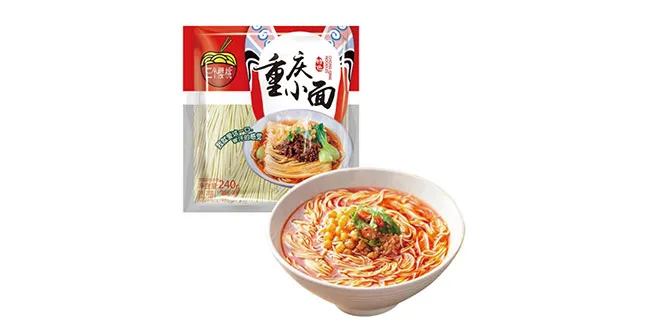buckwheat noodle ramen
Buckwheat Noodle Ramen A Nutritious Twist on a Classic Dish
Ramen, a beloved staple of Japanese cuisine, has taken the world by storm, captivating taste buds and igniting a culinary revolution. Among the various types of noodles used in this delectable dish, buckwheat noodles stand out not only for their unique flavor and texture but also for their impressive nutritional profile. Buckwheat noodle ramen combines the comforting essence of traditional ramen with the wholesome attributes of buckwheat, creating a dish that is both satisfying and healthful.
What Are Buckwheat Noodles?
While many are familiar with wheat-based ramen, buckwheat noodles, also known as soba, are made from buckwheat flour. This pseudocereal is naturally gluten-free and offers several health benefits that make it an appealing option for those with dietary restrictions. Rich in fiber, antioxidants, and essential amino acids, buckwheat is a powerhouse of nutrients. These qualities not only contribute to a well-rounded diet but also support heart health and aid digestion.
A Flavorful Broth
To truly appreciate buckwheat noodle ramen, one must consider its broth, which can vary from rich and savory to light and refreshing. Traditional ramen broths are often derived from meat, but a rich dashi made from kombu (dried kelp) and shiitake mushrooms can deliver umami in a vegetarian-friendly way. For those wanting to embrace a more robust flavor, a miso or soy sauce base with added spices can elevate the dish even further. The key is to create a broth that complements the earthy flavor of buckwheat, allowing the noodles to shine.
Customization and Toppings
buckwheat noodle ramen

One of the best things about ramen is its versatility. Buckwheat noodle ramen can be customized to suit a variety of tastes and dietary preferences. Vegetables such as bok choy, spinach, or mushrooms make excellent accompaniments, adding both flavor and nutrition. Protein options, such as soft-boiled eggs, tofu, or grilled chicken, can enhance the dish's heartiness. Furthermore, garnishes like green onions, sesame seeds, and chili oil can provide that extra pop of flavor, making each bowl a unique creation.
Cooking Techniques
Preparing buckwheat noodle ramen is not overly complicated, and it can be done in a matter of minutes. Begin by cooking buckwheat noodles in boiling water until they reach the desired texture—typically around 5-7 minutes. It is important not to overcook the noodles, as they can become mushy. While the noodles cook, simmer your broth, allowing the ingredients to blend harmoniously. Once the noodles are ready, drain them and rinse briefly under cold water to stop the cooking process and remove excess starch. Finally, assemble your ramen bowl by adding the noodles to the broth and topping with your chosen ingredients.
Nutritional Benefits
The incorporation of buckwheat noodles into ramen elevates the dish's nutritional status. Buckwheat is high in protein and contains all eight essential amino acids, making it a complete protein source. Its high fiber content aids in digestion and contributes to heart health by managing cholesterol levels. Additionally, buckwheat is a good source of essential minerals such as magnesium and phosphorus, which play critical roles in maintaining overall health.
Conclusion
Buckwheat noodle ramen is a delightful fusion that marries the traditional with the innovative. With its unique flavor profile and health benefits, it's a dish that can satisfy a range of palates while promoting well-being. Whether you are a lifelong ramen enthusiast or new to this culinary adventure, buckwheat noodle ramen is worth exploring. Creating your bowl is not only a beautiful way to enjoy a popular dish but also an opportunity to nourish your body with wholesome ingredients. So, gather your ingredients, unleash your creativity, and savor this delightful twist on a classic!
-
Unleash Your Inner Chef with Delectable Italian Pasta CreationsNewsAug.01,2025
-
Savor Health and Flavor: Irresistible Soba Noodles for Sale Await!NewsAug.01,2025
-
Nourish Your Body with Premium Organic Ramen - A Culinary Delight AwaitsNewsAug.01,2025
-
Elevate Your Dishes with Our Exquisite Kinds of Egg NoodlesNewsAug.01,2025
-
Dive into Flavorful Convenience with Our Ramen OfferingsNewsAug.01,2025
-
Discover Exquisite Types of Naengmyeon and Chilled Soba NoodlesNewsAug.01,2025
-
Is Whole Wheat Pasta Healthy?NewsMay.30,2025
Browse qua the following product new the we

















































































































